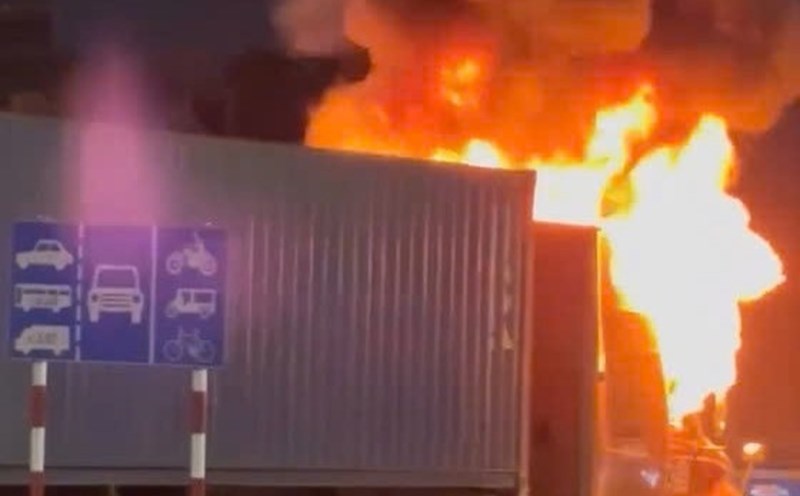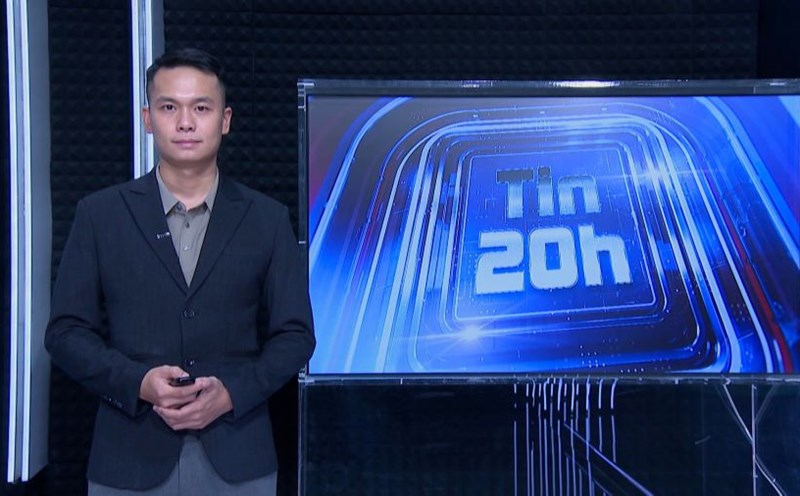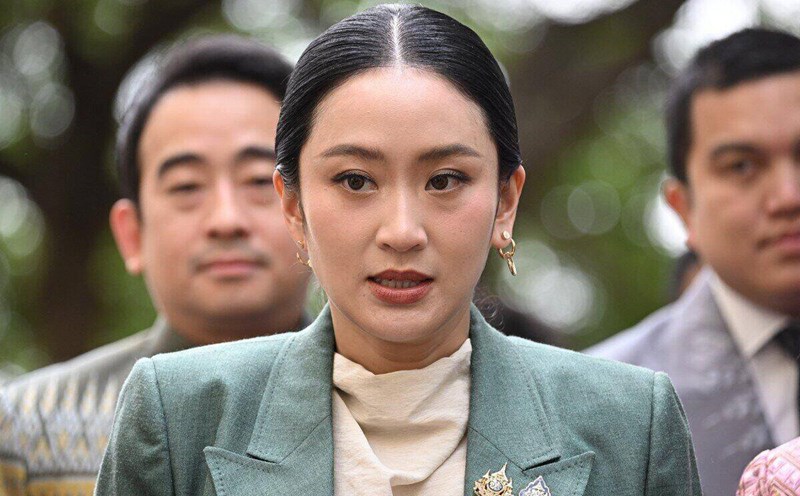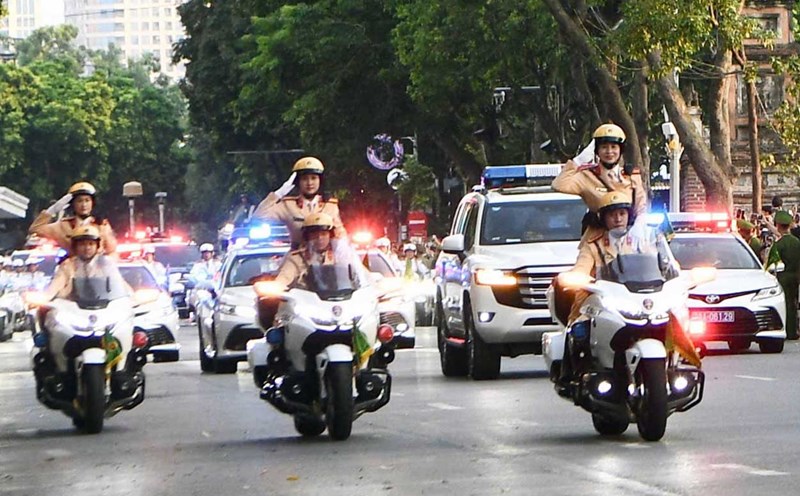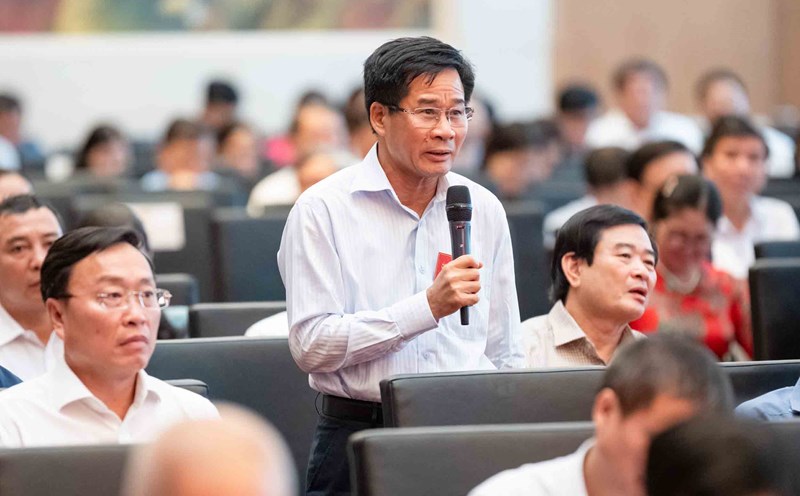On August 6, in Dinh Hoa commune, the An Giang Provincial Agricultural Extension Center coordinated with a number of units to organize a workshop to evaluate the effectiveness of the rice farming model to reduce emissions to serve the sustainable development of the rice export area of the Mekong Delta.
More than 200 delegates are experts, scientists, representatives of cooperatives and farmers in the province attended.
The model is implemented at Thanh Xuan Agricultural Service Cooperative, Dinh Hoa commune with an area of 50 hectares, with 11 farming households participating. The pilot model applies low sowing density (70 kg/ha), reducing 50 kg of rice seeds compared to the traditional farming model.
Rice yield is estimated at 6.67 tons/ha, 0.31 tons/ha higher than the counterpart; the total cost of rice production in the model is lower than the cost outside the model of more than 1.4 million VND/ha. The average profit of the performance model increased by nearly 3.9 million VND/ha compared to outside the model.
Mr. Danh Thao - Deputy Director of Thanh Xuan Agricultural Service Cooperative - said that combining fecal sowing with cluster sowing and output sowing methods helps reduce seeds, while increasing fertilizer efficiency, disease management, water management effectively and economically. Thereby, it helps reduce the amount of protein, potassium, and whole grains by nearly 50 kg/ha compared to the counterpart field, equivalent to about 1.3 million VND.
The model of using balanced fertilizers such as protein, yen, potassium, media and microorganic fertilizers also helps rice plants grow and develop well, limiting pests and diseases.
Mr. Danh Thao shared that throughout the crop, farmers participating in the model and farmers outside the model were introduced to the 1 million ha project, the rice cultivation process by 1 million ha; the process and procedures for granting rice growing area codes. In addition, farmers are introduced to the soil microbiome in the fields; introduced to the field ecosystem, nature and pests in the rice fields... Thereby helping farmers improve their knowledge, understanding and aiming to replicate high-quality, low-emission rice cultivation methods to reduce costs, increase profits, and adapt well to climate change.
Mr. Le Van Dung - Deputy Director of the Agricultural Extension Center of An Giang province - said that in addition to the positive aspects, there are also some difficulties such as: some cooperative members are not fully aware of participating in the implementation of the model, not really determined to participate; procedures for implementing material support according to bidding regulations, so there are many problems, affecting the crop; the issue of implementing a closed chain of intake and output has not been fully promoted...
The An Giang Provincial Agricultural Extension Center proposes to expand the model area according to the scale of the field, meeting the requirements of techniques and output, and traceability. Supplement and perfect shortcomings in field design, flattening the field surface, sowing machines need to have cluster sowers, sowing small-scale goods to avoid breaking the field surface, managing weeds, pests...
Implementing the 1 million ha Project, up to now, An Giang has implemented a total of 55 models. Most of the models are highly effective, farmers in localities highly appreciate the effectiveness and are determined to replicate the model in the coming time.



